The mover process is critical to modern identity lifecycle management. Find out how Microsoft Entra ID enables employees to move roles without fuss or frenzy. Putting old risky, inefficient processes in the rear window.
It’s no mystery that employees move between roles. Promotions, team moves, or new responsibilities all demand quick and secure updates to access rights. Yet many organisations still rely on slow, manual processes that lead to delays, security gaps, and frustrated teams.
But here’s the twist.
If you know how, Microsoft Entra ID can take the tension out of access management. Ensuring greater efficiency, stronger security, and a smooth experience for everyone in the business.
What does a good mover process look like?
Your mover process is fundamentally about ensuring employees can change roles within the organisation without delays, risks, or unnecessary workloads.
In short, it needs to be seamless, secure, and efficient. And achieving that involves:
- Timely access provisioning: Employees have the right access on day one of their new role.
- Automated updates: HR-driven changes trigger immediate updates across systems.
- Access accuracy: Users gain only the permissions necessary for their role, minimising security risks.
- Revocation of old access: Previous permissions are revoked to prevent over-permissioning.
- Auditability: Every change is tracked and logged for compliance and security reviews.
Key features of Entra ID for managing role changes
If you’ve followed our Entra blogs – if not, you’re missing out so catch up here – you’ll know that Microsoft Entra ID has evolved to help you streamline every stage of the identity lifecycle. A key part of this is handling role changes efficiently.
Here’s how Entra ID helps:
- Dynamic groups: Automatically assign users to groups based on attributes like department, location, or role.
- Auto-assignment access packages: Grant or remove access to resources based on rules that consider user details, like their new role. You can create custom workflows and set permissions with overlapping time periods, allowing flexibility for scenarios like role transitions or temporary access needs.
- Role-based access control (RBAC): Ensure users have the right level of access by defining permissions based on job function.
- Lifecycle workflows: Automate processes like provisioning, de-provisioning, and access reviews. This is especially useful for complex business logic.
- HR system integration: Sync with HR platforms to trigger automated workflows when role changes occur.
- Access reviews: Regularly validate access permissions to maintain compliance and reduce risk.
- Conditional access policies: Apply security controls based on user role and activity to enhance protection.
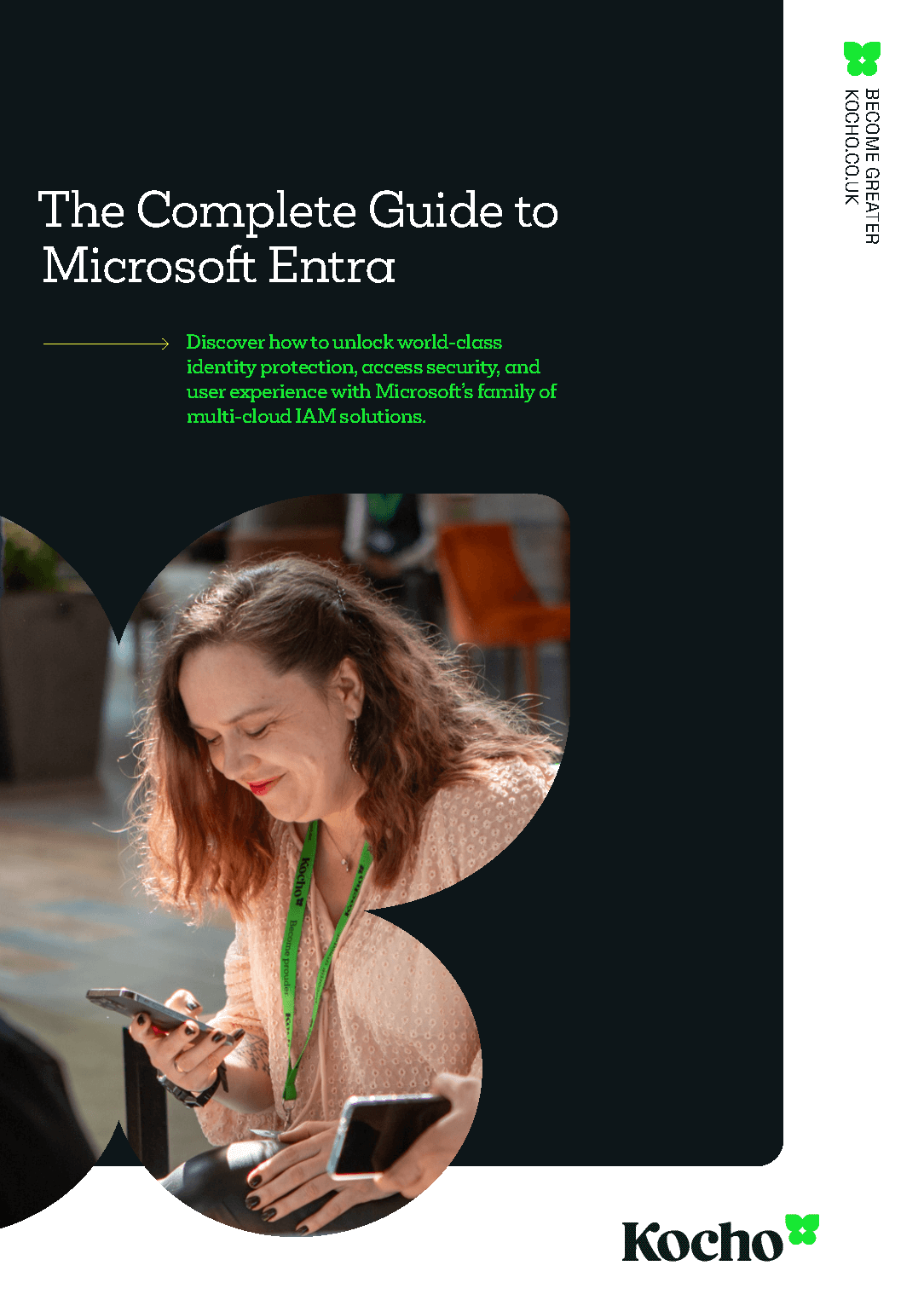

Free Guide
Everything you need to know about Microsoft Entra
The most comprehensive guide to Microsoft Entra. Over 40 pages. Plus, Microsoft licensing simplified.
Discover how you can:
- Cut costs by removing 50% management effort
- Elevate security – reduce breach chances by 45%
- Automate provisioning to ensure compliance
Steps to streamline role changes with Entra ID
When we say streamline processes, our minds instantly think about automation. That’s the gold standard, isn’t it? A process that completely removes the manual workload.
And while automation is a major part of Entra’s capabilities, we often encounter client use cases where full automation may not be possible or indeed, appropriate.
- Do you want someone new to a role to have immediate access to everything on day one, or is there a case for easing someone in, or checking their competencies first?
- Are there cases where certain individuals in a role need a level of access that their colleagues don’t require?
The point being, it’s about understanding the tools and capabilities you have at your disposal (like automations or self-service tools) and applying them appropriately to find the most efficient, frictionless solution for whatever the specific scenario may be.
With that in mind, there are however, some common steps typically followed to achieve a secure, efficient mover process.
Benefits of a modernised mover process
By leveraging Entra ID’s capabilities and applying them in a way that’s been designed around specific requirements, you can unlock significant benefits across the organisation.
- Enhanced productivity: Employees gain immediate access to the tools they need for their new roles.
- Improved security: Automated provisioning and de-provisioning reduce the risk of excessive access.
- Cost savings: Streamlined processes reduce manual workloads, freeing IT resources for strategic initiatives.
- Compliance readiness: Accurate access tracking and reviews simplify audits and ensure regulatory compliance.
- Better user experience: Employees benefit from a seamless transition between roles, reducing friction and downtime.
Final thoughts
The mover process is a vital part of identity management, but legacy systems often struggle to keep up.
Managing access across multi-cloud and on-premises environments can quickly become inefficient and risky. Delays and errors frustrate employees and pile pressure on IT teams.
This is why we recommend our clients adopt a modern mover process.
A future-proof, cloud-first solution that’s equipped to deal with access rights regardless of source. That enables seamless role changes when they happen. And that enables employees to be more productive while keeping systems secure.
This is what the tools within Microsoft Entra ID offers. And as a platform with a roadmap of continual development, it offers a solution fit to evolve in line with changing demands and environments. Just so long as you understand the full scale of its capabilities.
Which is why we’re here to help – so please do get in touch and talk to the team.
Key takeaways
Employee role changes are a critical part of modern identity lifecycle management.
Outdated processes create delays, security gaps, and productivity bottlenecks.
Microsoft Entra ID automates access updates to streamline role transitions.
Dynamic groups and role-based access control ensure precise and secure access.
Integration with HR systems triggers automated workflows for role changes.
Access reviews and conditional policies enhance security and compliance.
A modern mover process boosts efficiency, productivity, and user experience.


Free Guide
Everything you need to know about Microsoft Entra
The most comprehensive guide to Microsoft Entra. Over 40 pages. Plus, Microsoft licensing simplified.
Discover how you can:
- Cut costs by removing 50% management effort
- Elevate security – reduce breach chances by 45%
- Automate provisioning to ensure compliance

Great emails start here
Sign up for free resources and exclusive invites
Subscribe to the Kocho mailing list if you want:
- Demos of the latest Microsoft tech
- Invites to exclusive events and webinars
- Resources that make your job easier

Don't Miss
Great enterprise identity resources
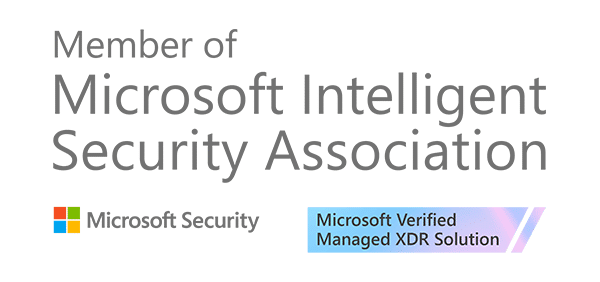
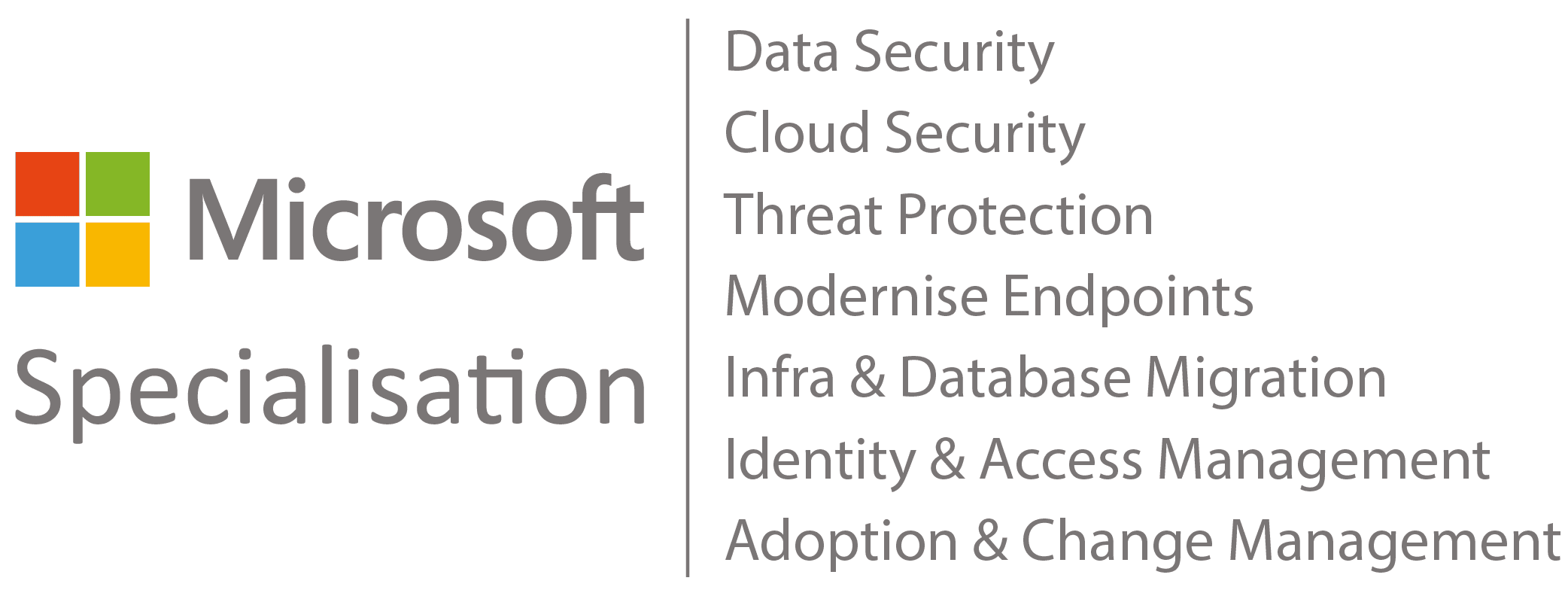
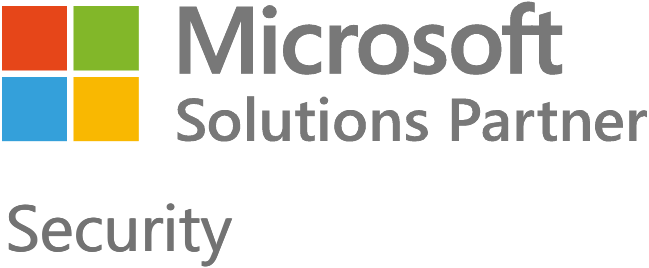
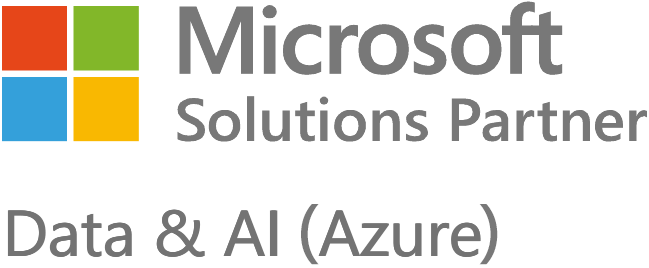
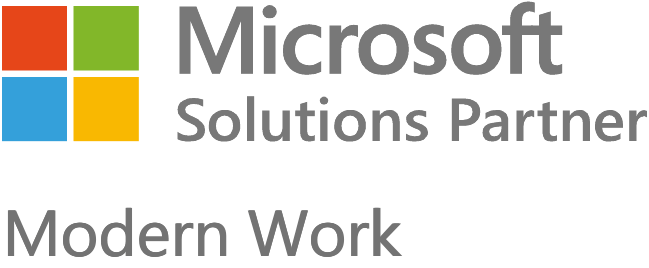
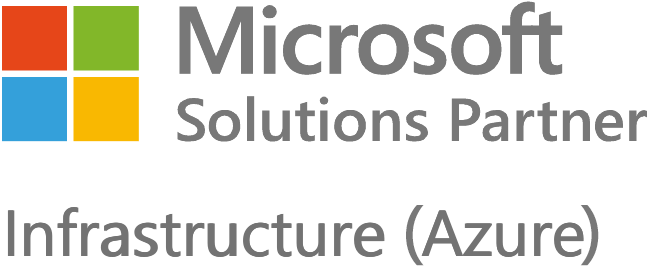
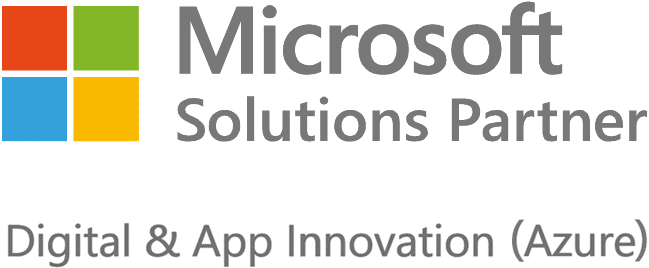
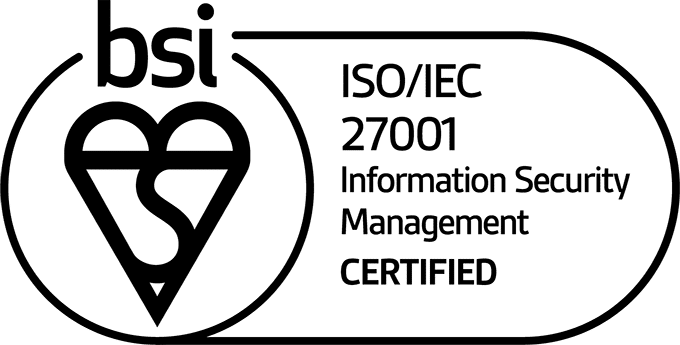


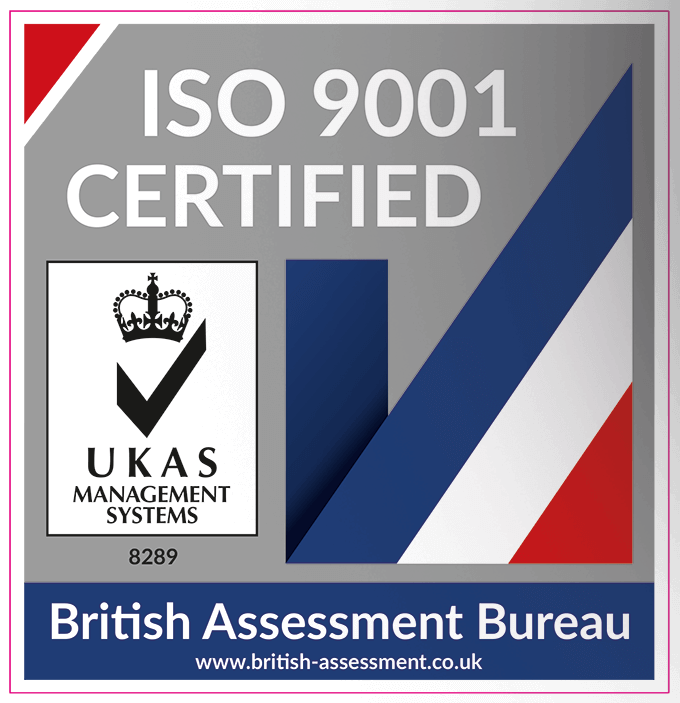
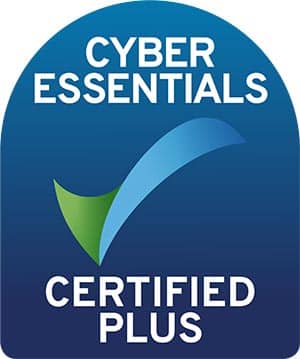












Got a question? Need more information?
Our expert team is here to help.








